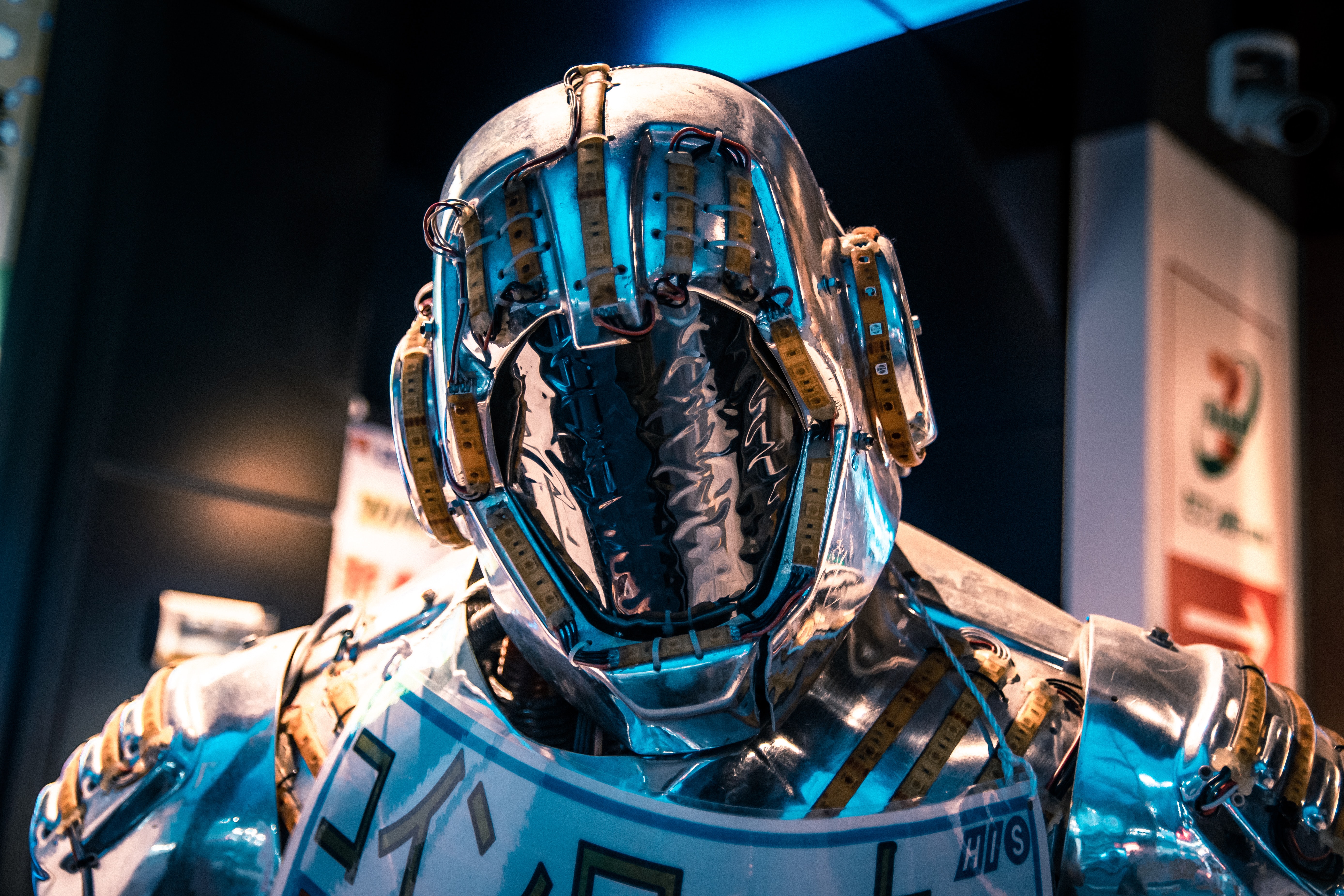What Is a Trope?
The word ‘trope,’ or some form of it, has been around for centuries. ‘Trope’ comes from the Latin word ‘tropus’ from the Greek ‘tropos,’ meaning to turn or to have a certain style. But the definition goes much deeper than that, especially in today’s modern age.
A trope in literary terms is a plot device or a character attribute that is used so commonly in a particular genre that it’s seen as commonplace or conventional. For example, a trope in superhero stories is a villain who wants to take over the world.
On the outset, tropes may seem overused or even cliché. So, you might be wondering why writers continue to use them. I mean tropes aren’t original, in any genre, so why do they continue to be expanded upon? Why not write something new?
Well, tropes are popular for several good reasons.
- People like them. They like the twist endings. People love to see the good guy win, they like to see the detective uncover a clue at the last minute. They enjoy seeing immoral characters get their comeuppance.
- Tropes often teach morality. Enforcing that the hero wins benefits and encourages, not only children but teens and adults to take the high road and avoid the path to the “dark side”.
- They are familiar and we can relate to them. Fundamentally, tropes exhibit quintessential human emotions and struggles. They showcase triumphs and struggles that parallel our lives every day, magical powers and androids aside of course.
- Tropes encourage people to read more and consume more media (i.e. books, graphic novels, movies, videogames) in general. If something becomes popular because of the tropes contained within, more and more people will buy that particular type of media.
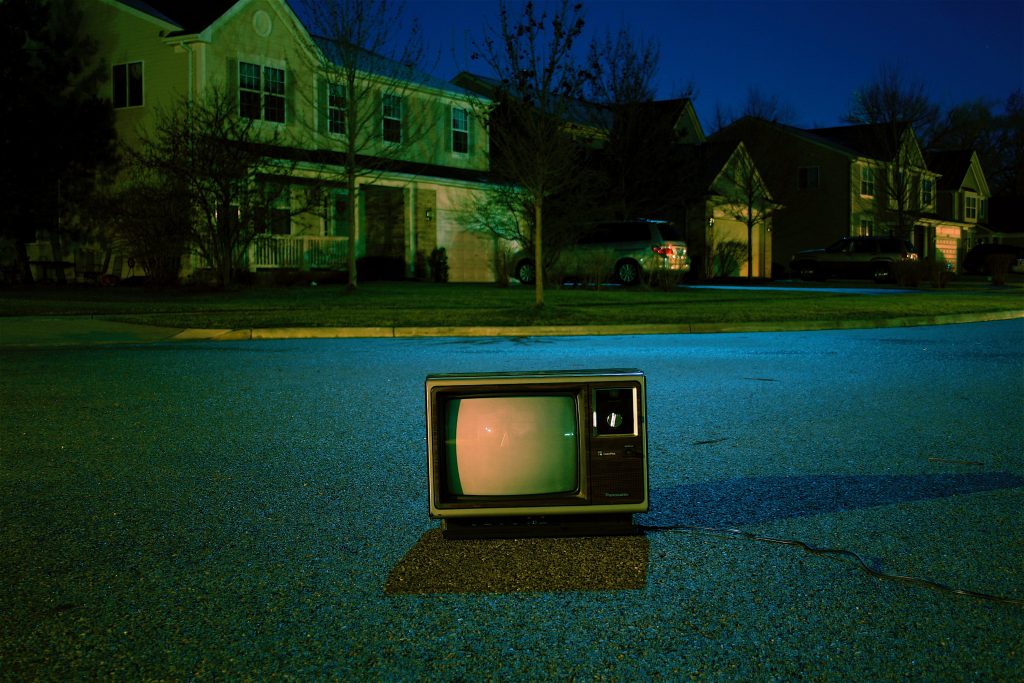
Here are the 12 greatest sci-fi tropes of all time.
1. Robots and Androids. Is there a difference? Well, yes and no. It only depends on who you ask and how an author utilizes them. In some stories, the difference between a robot and an android is only superficial, with androids being made to look like humans on the outside, but with robot-like internal mechanisms. Whereas in other stories, authors have used the word “android” to mean a wholly organic, yet artificial, creation. For our purposes, let’s just lump them together.
Robots and androids come in all shapes and sizes and are one of the most popular sci-fi tropes because it is the one pretty close to coming true. Mechanical beings are a logical offshoot of the state of a society’s technology. From murderous machines to housekeeping bots, the literary scope of this trope is immense. You can’t mention robots without considering the impact of Isaac Asimov’s I, Robot, which codified some pretty helpful robotic rules, starting with a request to “please not kill the humans”.
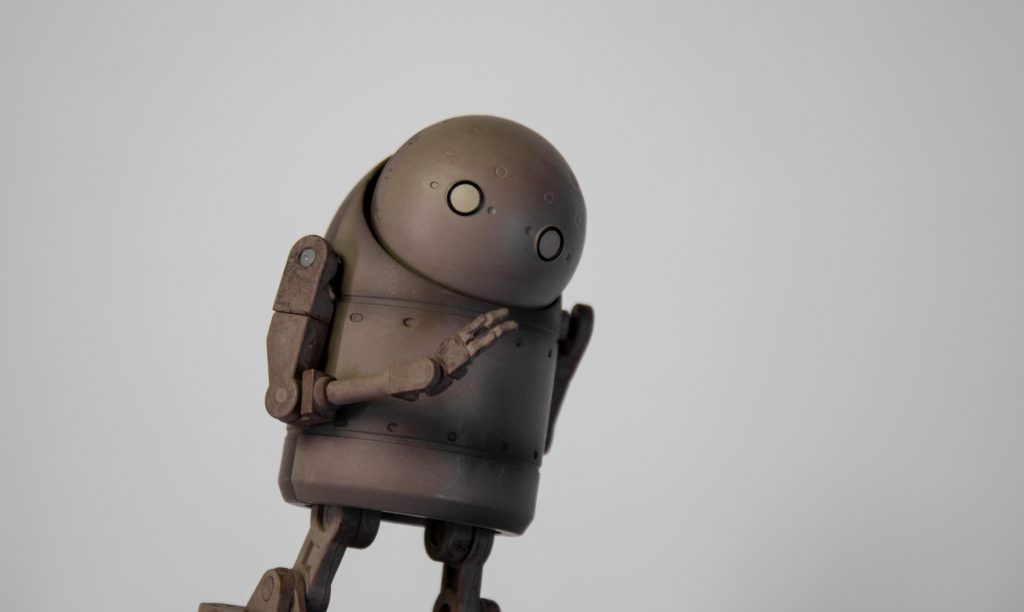
2. Altruistic Aliens
These are the aliens who give Earth a helping hand but also serve as a warning. Think of Harry Bates’ tough-love classic “Farewell to the Master” (the basis for The Day the Earth Stood Still). In Octavia Butler’s Lilith’s Brood, aliens save humanity, from doom but without much regard for the things that made us human. The aliens of Arthur C. Clarke’s Childhood’s End strike a not dissimilar bargain.
13. Dystopian Governments
This sci-fi trope is one of the most fear-inducing of all because it is not so far out there. It is utterly imaginable. Ruthless and dehumanizing governments are all over cautionary science fiction, warning us away from whatever a particular writer defines as tyranny. Consider the wide scope of this trope in everything from Palpatine’s Galactic Empire to the Great Britain of Orwell’s 1984. Every generation has at least one sci-fi dystopia that speaks the loudest, and thanks in part to Netflix, Margaret Atwood’s The Handmaid’s Tale is the one that’s crying out at the moment.
14. After the Apocalypse
Post-apocalyptic literature demonstrates how a society that has been almost completely obliterated, ushers in a few survivors who have to learn to live under a new set of rules or circumstances. Post-apocalyptic literature serves many different storytelling purposes. It’s a warning about our societal behavior, like in A Canticle for Leibowitz or The Ship, and sometimes it’s to explore our response to catastrophic circumstances—to find out how we’ll cope with the collapse of our civilization, for better or worse (as in Feed and Wool). It’s tempting to think about how we’d cope with the end of everything, and entertaining to read about those who do.
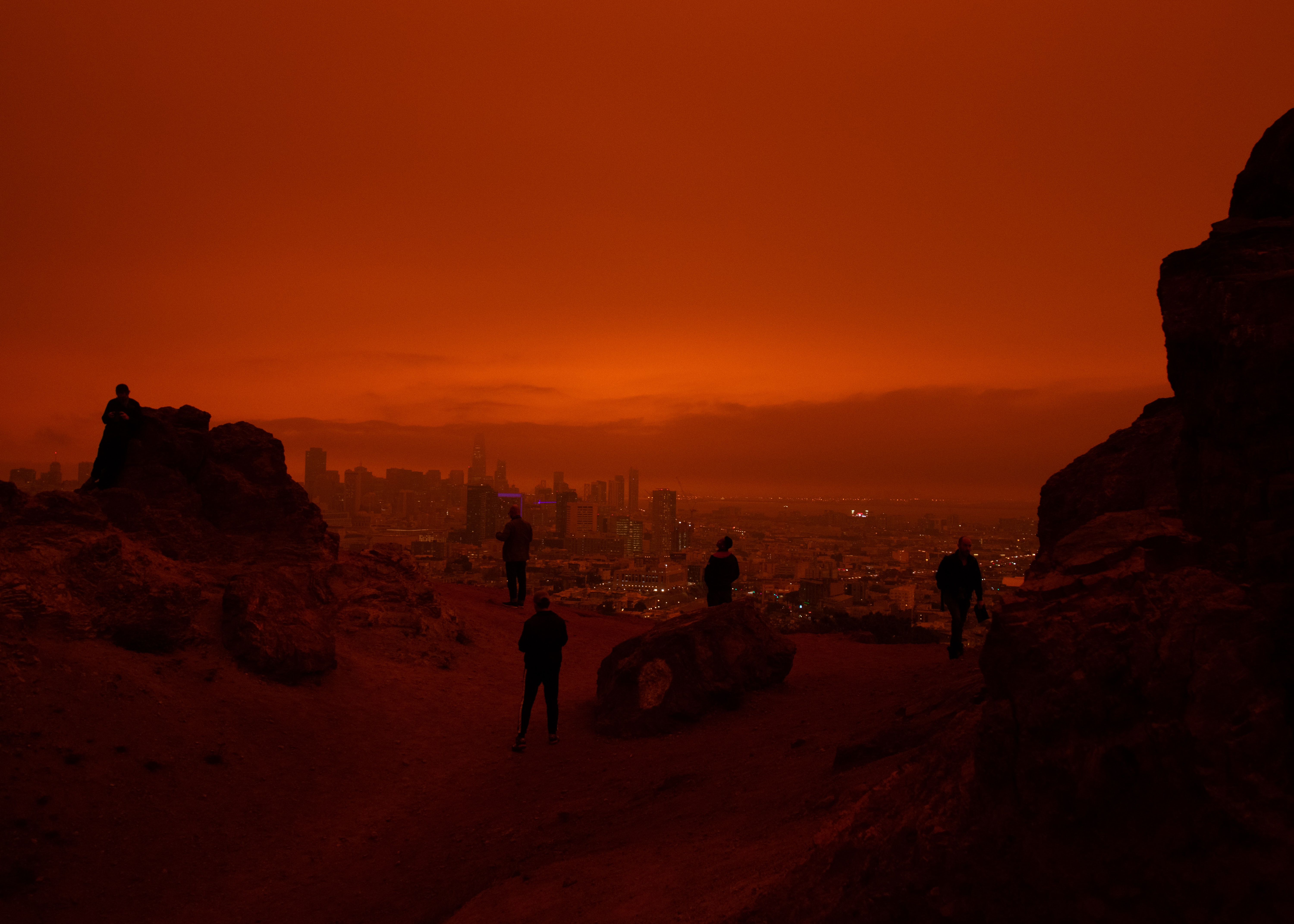
15. First Contact
Are we alone? Human beings have been searching for this answer arguably from the very beginning of our species. With the dawn of the Space Age in the 1950s, the urgency of the question of whether we are the only ones inhabiting this vast space only increased. The more we learn about our universe, the less we seem to know.
Countless books have helped us to imagine humanity’s first encounter with aliens. Here are some of my favorite alien encounter books to check out. H.G. Wells’ War of the Worlds, Wesley Chu’s The Tao Novels, Carl Sagan’s Contact, Elizabeth Moon’s Remnant Population, and of course, Stanislaw Lem’s Solaris.
16. Time Travel
H.G. Wells didn’t invent the idea of time travel, but his 1895 novel, The Time Machine popularized the notion. Time travel offers us a persistent thread of social consciousness and of course, it’s fun to imagine the consequences of observing the past or future firsthand. From the nuanced subtlety of Angel Favazza’s Saving Death to Diana Gabaldon’s historical romances, or Kurt Vonnegut’s distorted narratives, or Kameron Hurley’s forthcoming military SF novel The Light Brigade. Many of the greatest— like Octavia E. Butler’s reckoning with American slavery, Kindred— don’t agonize over the technical details but use the trope as a way to delve into the influence of the past on our present, or of the present on our future.
17. Bioships
A bioship is a type of spacecraft that is either predominantly or totally composed of biological components, rather than being constructed from manufactured parts. Bioships are usually quite powerful, and can often regenerate or heal damaged parts. Some bioships are intelligent or sentient, and some are considered to be lifeforms.
Bioships are more than just mindless machines: they’re thinking, feeling, sometimes vindictive characters. Lovey, the ship AI of Becky Chambers’ A Long Way to a Small, Angry Planet, conquered her programming and came to care deeply for her crew, even developing a romantic relationship with a human-computer. Anne McCaffrey put literal human minds into ships in The Ship Who Sang. Gareth L. Powell’s Trouble Dog, from Embers of War, harbors guilt over its past as a warship. Ann Leckie’s Ancillary Justice has a starship made of flesh— the consciousness of the Justice of Toren trapped inside the limited body of a human.
3. Artificial Intelligence (AI)
Artificial intelligence is intelligence demonstrated by machines, in contrast to the natural intelligence displayed by humans and other animals. It is a recurring theme in science fiction, whether utopian, accentuating the potential benefits, or dystopian, stressing the dangers.
As computers get more sophisticated, it’s not hard to imagine that they’ll eventually become smarter than us. The fear has always been with us. Karel Čapek’s 1920 R.U.R., possibly the first modern robot story, involves a robot rebellion. More modern books like Robopocalypse and Mage Against the Machine prove that the fear hasn’t left us.
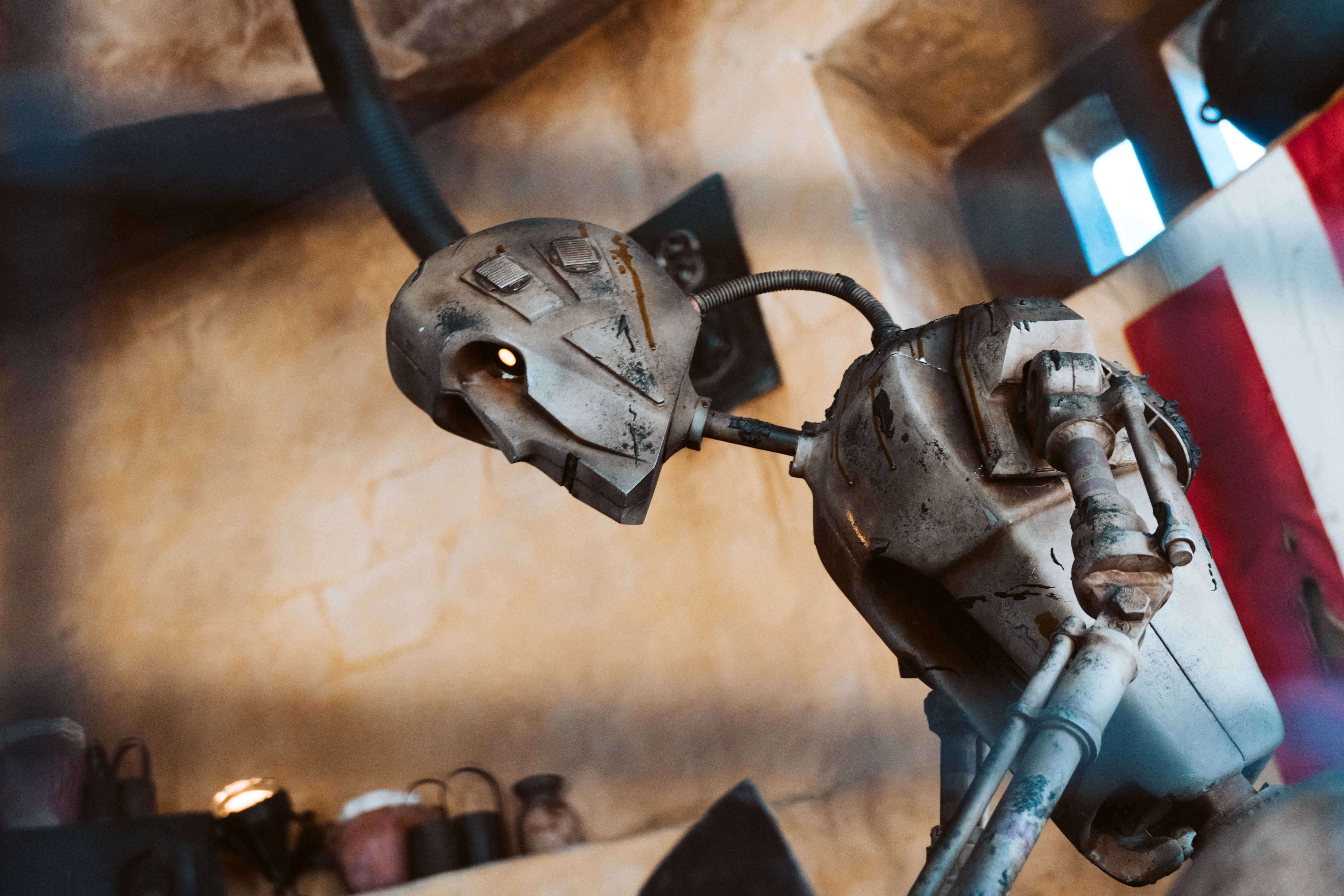
3. Invading Aliens
Evil aliens bent on world domination. Predator aliens can take many forms, from the nebulous thing of John W. Campbell’s horrific Who Goes There? to harmless-looking triffids, to the abstruse invaders of Cixin Liu’s The Three-Body Problem. Traditionally, attacking aliens served as replacements for concepts about imperialism and colonialism but, like all monsters, they can also exemplify any number of more earthly concerns.
4. Nanotechnology
Nanotechnology, also shortened to nanotech, is the use of matter on an atomic, molecular, and supramolecular scale for industrial purposes. Today, nanotech is an ever-growing field of real science. However, sci-fi generally teaches us to be careful. Neal Stephenson’s The Diamond Age suggests a gray area, a world in which nanotech is useful and available for all sorts of things. Stephenson’s world sees nanotech as both good and bad.
5. Wormholes
According to Merriam-Webster, a wormhole is defined as “a hypothetical structure of space-time envisioned as a tunnel connecting points that are separated in space and time.” For authors, wormholes are an excellent means of fictional transportation because they’re kind of almost possible. Wormholes form the basis of many an interstellar economy, from Joan D. Vinge’s The Snow Queen to Lois McMaster Bujold’s Vorkosigan Saga. And, they don’t even have to be in space, making them handy for moving people as well as ships: Will Parry of the His Dark Materials series discovers one in the middle of Oxford, and the suburban tesseracts of the Wrinkle in Time are explicitly the same thing.
6. Parallel Dimensions
Parallel dimension, also known as a parallel universe, alternate universe, or alternate reality, is a hypothetical self-contained plane of existence, co-existing with one’s own. The sum of all potential parallel universes that constitute reality is often called a “multiverse“.
Consider:what if there were another you, or another world running alongside our own. What if our reality were just one of many? Robert Heinlein’s The Number of the Beast universes are called “fictions,” representing fictional worlds that the book’s travelers can visit. Before it’s all over, Heinlein himself pays a visit to an inter-dimensional science fiction convention. Peter Clines’ The Fold employs some misdirection before showing us a dark parallel universe— warning us what to look out for.
7. Interspecies Romance
I’ve always been a sucker for a good space opera. I just love reading about all the potential human reactions, positive and negative. There are so many different kinds of alien romance stories out there, which I think is why this is one of my favorites. Pop culture has given us some familiarity with this popular trope. Think Star Trek, Star Wars, Guardians of the Galaxy, and most recently The Shape of Water.
Sometimes, as in Becky Chambers The Long Way to a Small, Angry Planet, interspecies romance is a given when many different aliens (or artificial intelligences) live and work together. Romantic and sexual tensions are expected, but not stigmatized. In other works, like Philip José Farmer’s Strange Relations or Philip K. Dick’s Do Androids Dream of Electric Sheep?, such love is prohibited and dangerous.
This trope persists not only because of the appeal of a good love story but because it boosts our feelings of things like trust, compassion, and empathy. Because of this, interspecies romances have a unique ability to build connections. Great sci-fi brands and series know this and tap into its power to build a base of engaged fans.
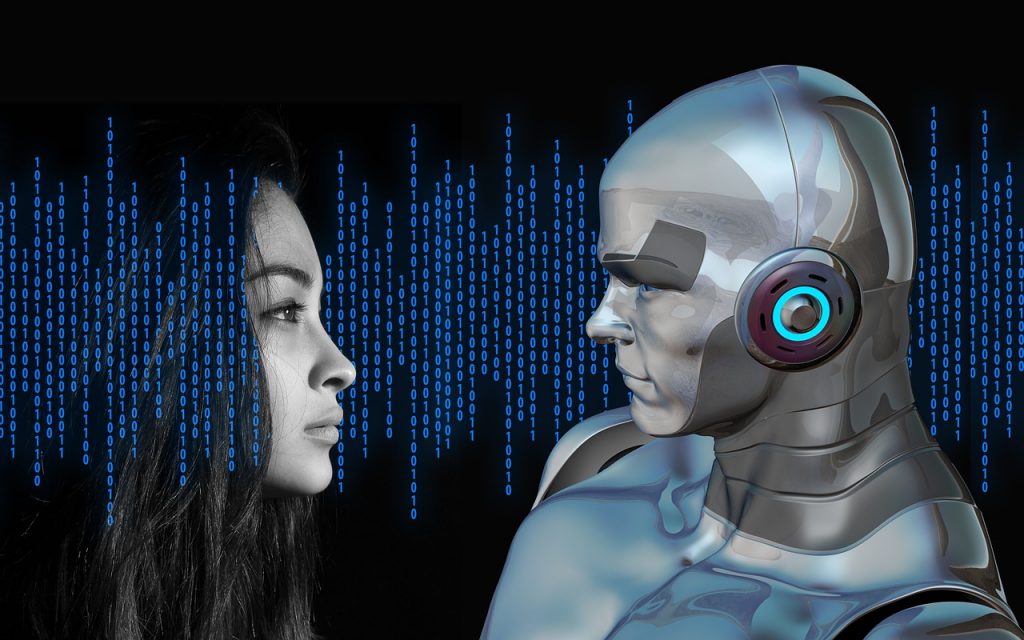
8. Clones
Clones raise big questions about identity and ethics. They’re also handy if you need spare organs (as in Kazuo Ishiguro’s Never Let Me Go) when you need to enhance your magic act with a supply of endlessly killable copies (The Prestige, by Christopher Priest) or when you need some dinosaurs to jazz up your otherwise boring island (Jurassic Park), or when you need someone expendable to make repairs to your generation ship (Mur Lafferty’s Six Wakes again), or when you just don’t feel like going to work that day (the disposable clones of David Brin’s Kiln People).
9. Body Modifications
Sci-Fi brings many examples of modifications made in the human body, each having different goals in mind— William Gibson’s Neuromancer imagines a future in which body modification is rampant, to differing degrees— improving the quality of life, but also moving us toward an ambiguous future. The post-human future of Hannu Rajaniemi’s The Quantum Thief, in which an Oortian merc named Meili has fusion reactors in her thighs and quantum wings embedded in her back. And then there’s the more extreme version of the trope: those series in which gender— or even species—is an afterthought, and bodies can be reshaped in any way (in Banks’ Excession, two lovers trade-off parental roles, each both bearing children and fathering them; another character decides he wants to live as an inhuman alien).
10. Faster-Than-Light
Most outer-space-based sci-fi stories have some sort of faster than light means of propulsion. Breaking the rules of physics means that ships can move faster and that makes the plot move quicker too. Whether the warp-drive in Star Trek, or the Holtzman drive of Dune, the Conjoiner Drive of Revelation Space, or the JumpDrive of Foundation, faster than light systems serve, primarily, to drive a story forward into the unknown.
11. Humanlike Aliens How many times have you seen an alien in a sci-fi movie or tv show who appears and behaves just like us, but with minor cosmetic differences? Star Trek and Star Wars are famous for this trope and even alien superheroes fall into this category: consider Superman, Thanos, Captain Marvel, and Flash Gordon. It is hard to believe that a species that belongs to an entirely different planet, with completely different biological origins, and far greater scientific advancements than us, enabling them to visit our planet, would have the exact same mental capacity, motivations, and weaknesses as ordinary humans.
12. Mutants
In this century, we’re more likely to associate mutants with superheroes, like the X-Men, but mutation and genetic manipulation have long histories in science fiction. The enormous galactic civilization of Asimov’s Foundation series turns on the existence of a single genetic mutant who represents the type of unpredictable variable that’s impossible to account for in life, while John Wyndham’s The Chrysalids sees mutated humans of the near future cruelly hunted and feared by a government of religious zealots. As do many books involving mutation, Theodore Sturgeon’s More Than Human explores mutation as a metaphor for change of a kind that we need either adapt to or perish.

These are some of my favorite things to read about when I pick up a science fiction book or series, along with some recommendations of my favorites within each topic. I could literally talk about this for a million years, so I tried to keep it on the shorter side. Use the contact page to tell me about your favorite science fiction trope.
